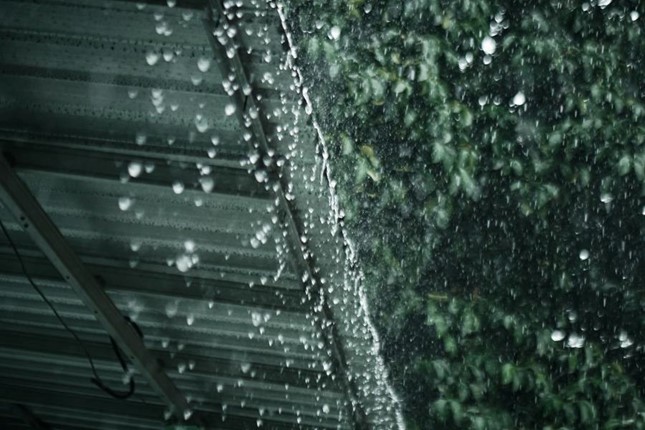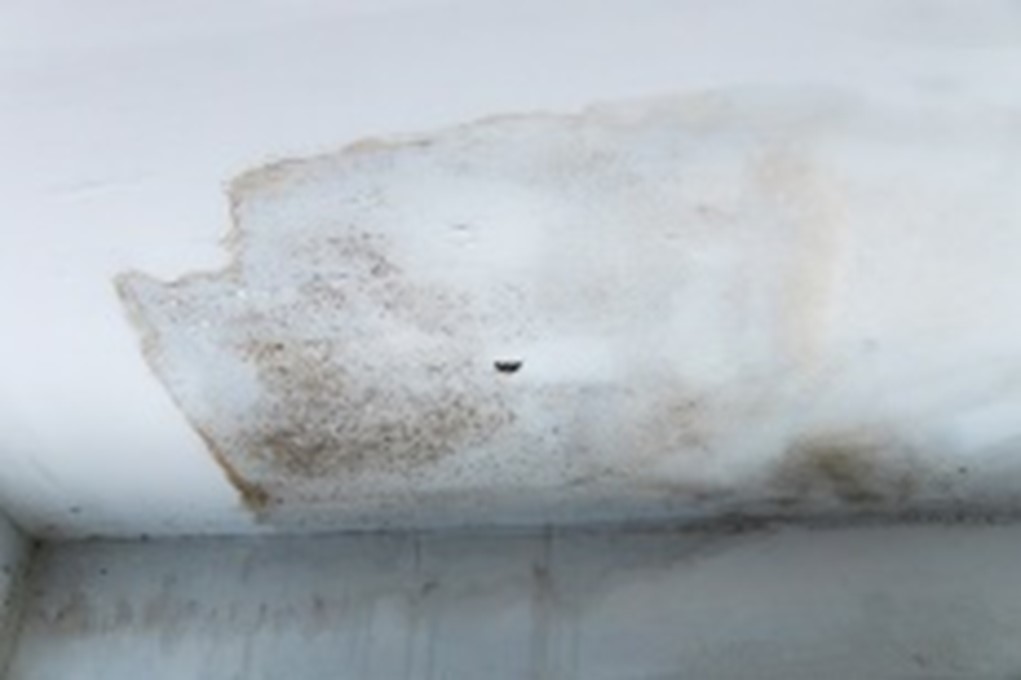Preventing Ponding Water on Flat Roofs in Florida

Understanding Ponding Water on Flat Roofs
Flat roofs have become a popular roofing choice for various buildings in South Florida, thanks to their sleek, modern appearance and space efficiency. However, with these advantages come specific challenges, the most significant of which is ponding water. Ponding water refers to the accumulation of water on the roof surface that occurs when drainage systems fail to operate effectively or when the roof slope is insufficient. This stagnant water can lead to serious issues over time, including roof leaks, structural damage, and increased maintenance costs.
In Florida, where the climate is often humid and rainy, the risk of ponding water increases significantly. The heavy rainfall common in this region can overwhelm inadequate drainage systems, resulting in water pooling on flat roofs. Understanding the mechanics of ponding water can help homeowners and property managers protect their investments and retain the integrity of their buildings.
Why Ponding Water is a Problem
Ponding water on flat roofs poses multiple hazards. When water sits on the surface for extended periods, it increases the likelihood of leaks, which can cause extensive damage to the building’s interior, including drywall, insulation, and electrical systems. Also, the additional weight of the water can put extra stress on the roof structure, potentially leading to structural issues that could compromise the safety of the building.
On top of these issues, standing water can create an environment that triggers the growth of moss and algae, further deteriorating the roofing material. This organic growth can trap even more moisture against the roof, accelerating its decay. Stagnant water can also attract pests, such as mosquitoes, which thrive in wet environments, creating health hazards for residents and visitors.

Strategies for Preventing Water Buildup
Improve Flat Roof Drainage Systems
One of the most effective ways to combat ponding water is by improving the roof’s drainage system. Installing additional drains or scuppers can facilitate quicker water runoff so water does not have the opportunity to pool on the roof’s surface. Regular maintenance of existing drainage systems helps property owners should check that these systems are free from blockages such as leaves, debris, and other materials that could block efficient water flow.
By incorporating a primary drainage system–along with secondary overflow drains– homeowners can offer an extra layer of protection against water accumulation. The primary system manages typical water flow, while the secondary system acts as a backup in case of heavy rain, helping to safeguard your roof against potential flooding.
Adjusting Roof Slope
Adjusting the roof’s slope can significantly mitigate the risk of water pooling. Contractors can add sloping material beneath the roofing membrane to create a slight incline that directs water toward drainage points. While this might involve some upfront investment, it can save property owners substantial repair costs in the long term by eliminating the areas where water tends to pool.
Investing in a tapered insulation system, for example, can help create an effective slope without requiring major structural changes. This option not only addresses drainage issues but can also improve the building’s energy efficiency by providing better insulation.
Utilizing High-Quality Waterproofing Membranes
Installing high-quality waterproofing membranes is another way to protect your flat roof from the adverse effects of ponding water. These membranes are specifically designed to withstand prolonged exposure to water and can help prevent leaks from developing. Regular roof inspections and maintenance of these membranes support their continued effectiveness over time.
Choosing membranes with advanced features, such as UV resistance and puncture resistance, can make them more durable in Florida’s challenging climate.
Ponding Water Solutions for Florida’s Climate
Given Florida’s frequent rain and high humidity, selecting roofing materials that can withstand these conditions can’t be bypassed. Materials like modified bitumen or TPO (thermoplastic olefins) are excellent choices, offering durability and UV resistance, which is an added advantage in the sunny South Florida region.
Property owners should also consider the benefits of reflective roofing materials, which can help reduce heat absorption and cooling costs, providing energy efficiency alongside protection from water accumulation.
Preventive Maintenance Measures
Routine maintenance can help in mitigating the risks of ponding water. Scheduled inspections, especially before and after Florida’s rainy season, can help identify potential problems in the roof’s drainage or slope. Property owners should address any issues promptly to prevent extensive damage and extend the roof’s lifespan.
Regular cleaning of gutters and drainage systems is also a key step, as it helps keep free-flowing water channels. Make sure the roof surface is clear of debris, such as leaves and branches, to prevent blockages that can lead to water accumulation.
Protecting Your Flat Roof
Preventing ponding water on flat roofs is a fundamental part of safeguarding your property in South Florida. By implementing effective drainage solutions, adjusting roof slopes, selecting high-quality materials, and regular roof maintenance, property owners can effectively protect their investments against the potential hazards of water accumulation. Taking these proactive measures not only prevents damage but also supports the longevity and performance of your roofing system so your flat roof remains a valuable asset for years to come.
Contact Paul Bange Roofing Today
Make sure your flat roof is equipped to withstand the unique challenges of Florida’s climate by trusting the experts at Paul Bange Roofing. With decades of experience in crafting effective drainage solutions and implementing advanced waterproofing strategies, we provide expert services to protect your property. If you need a roof inspection, maintenance, or a roofing overhaul, our team is here to help. Reach out to us today to schedule a consultation and start safeguarding your investment. Call us at (954) 577-1234] or visit our website to learn more about our services.





